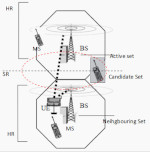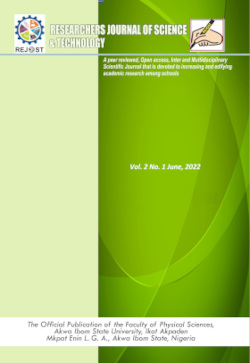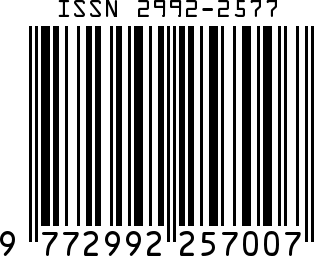Modeling and Evaluation of Soft Handoff in Wireless Communication Networks for Effective Performance Based on Traffic Indicators
Keywords:
QoS assurance, call admission, drop-call probability, handoff failure, Code Division Multiple Access (CDMA), network latencyAbstract
The ever growing provision of highly developed services in Mobile networks required operators to offer severe Quality of Service (QoS) assurance. This goal can be accomplished by applying several optimization measures. One of the most significant indexes for QoS evaluation is the call admission and drop-call probability. Consequently, these core indexes in networks service performance have not deeply been studied in well-established mobile network environments. Indeed, these requirements, judging from an accurate statistical analysis on realistic data call for a proposed model for optimizing soft handoff of the call admission and subsequent drop call occurrences in Code Division Multiple Access (CDMA) Networks. Performance analysis on statistical field data validates the efficiency of the model already available theoretically, considering handoff failure as the main reason of drop calls, which offer a minor contribution for service optimization in an established cellular network. Basically, many other incidents indicate more relevant factor in influencing the call admission and call dropping. Nonetheless, the proposed model relates the drop-call probability with call admission parameters. The level of its effectiveness has been demonstrated and authenticated by experimental procedures. Essentially, results reveal how each traffic parameter affects cellular network performance and QoS provisioning. Consequently, network performance considered response time indicating how fast a packet can be sent or how quickly a document can be retrieved. The outcome of this work demonstrates how the network performance can be affected by traffic metrics; types of network traffic, the number of devices connected on the network, network latency, number of transmission errors and the bandwidth of the transmission medium.
References
Angus, L. (2001). Introduction to Erlang B & C, Tele Management Magazine, Canada.
Boggia G., and De Biasi A., (2005). Drop call probability in established cellular networks: from data analysis to modelling Vehicular Technology Conference, 2005. VTC 2005-Spring. 2005 IEEE 61st (Volume:5)
Ekici E. (1997). Optimal Two-Tier Cellular Network Design, BS Dissertation, Bogazici University, Turkey.
Ekpenyong M. and Umoren I. (2012). QoSAware SINR-based Call Blocking Evaluation in Cellular Networks with 3G
Interface
Garg, P., and Goyal, N. (2006). Blocking Performance Enhancement Using Congestion Control in OpticalBurst Switching Networks
Kriens P. (1997). Cellular Network Management. http://www.aqute.biz.
Nasser N., Hasswa A., and Hassanein H. (2006). Handovers in Fourth Generation Heterogeneous Networks, IEEE
Communications Magazine, Vol. 44, pp. 96-103.
Samrat G., Badri N, and Goyal N. (2013).Optimal Bandwidth Reservation Schedule in Cellular Networks, IEEE
Shigeki S. and Michihiro I. (2002). Call Admission Scheme Based on Estimation of Call Dropping Probability in Wireless
Networks
Tarkaan. S., Mon J. M., and Ani C. J. (2011). Drop Call Probability Factor in cellular Networks, International Journal of
Scientific and Engineering Research 2(10): 1-5.
Tong, H., & Brown, T. X. (2002).Reinforcement Learning for Call Admission Control and Routing under
Quality-of-Service Constraints in Multimedia Networks, Kluwer Academic Publishers., Machine Learning, 49, 111–139, 2002, Netherland
Umoren I., Asagba P. and Owolabi O. (2013). Evaluating Handover Performance in Mobile Communication Networks
MicroWave - International Journal of Science & Technology Vol.5 No.1, Pp 3 – 12
Umoren I., Effiang D. andEtuk U. (2016). Improving Capacity of ReceptionQuality in Mobile Communication Networks
Using BER Performance Metric.Journal of Advances in Mathematical and Computational Sciences Vol. 3, No. 1.Pp
-26. https://www.mathematicscomputationaljournal.info
Viterbi A. J., Viterbi A. M., GilhousenK. S., and Zehavi E. (1994). Soft handoff extends CDMA cell coverage and
increases reverse link capacity, IEEE J. Select. Areas Commun., Vol. 12, no. 8, pp. 1281–1287.

Downloads
Published
How to Cite
Issue
Section
Categories
License

This work is licensed under a Creative Commons Attribution-NonCommercial-NoDerivatives 4.0 International License.




